The original Framework Laptop’s sales pitch was that it wanted to bring some of the modularity and repairability of the desktop PC ecosystem to a functional, thin-and-light laptop. For nearly half a decade, the company has made good on that promise with multiple motherboard upgrades and other tweaks for the original 13-inch Framework Laptop; with the Framework Laptop 16 and Laptop 12, the company has tried to bring the same ethos to gaming/workstation laptops and budget PCs for students.
One of Framework's announcements today was for the company's first desktop PC. Unsurprisingly dubbed the Framework Desktop, it's aimed less at the general-purpose PC crowd and more at people who want the smallest, most powerful desktop they can build and will pay extra money to get it. Pre-orders for this system start today, and Framework says it should ship in Q3 of 2025.
Here was my first question: What does a company trying to build a more desktop-like laptop have to bring to the desktop ecosystem, where things are already standardized, upgradeable, and repairable?
The answer, at least for the Framework Desktop announced today: a gaming PC that takes advantage of many PC standards and offers a unique combination of small size and high performance but which is otherwise substantially less modular and upgradeable than a mini PC you can already buy or build for yourself.
Tiny but fast
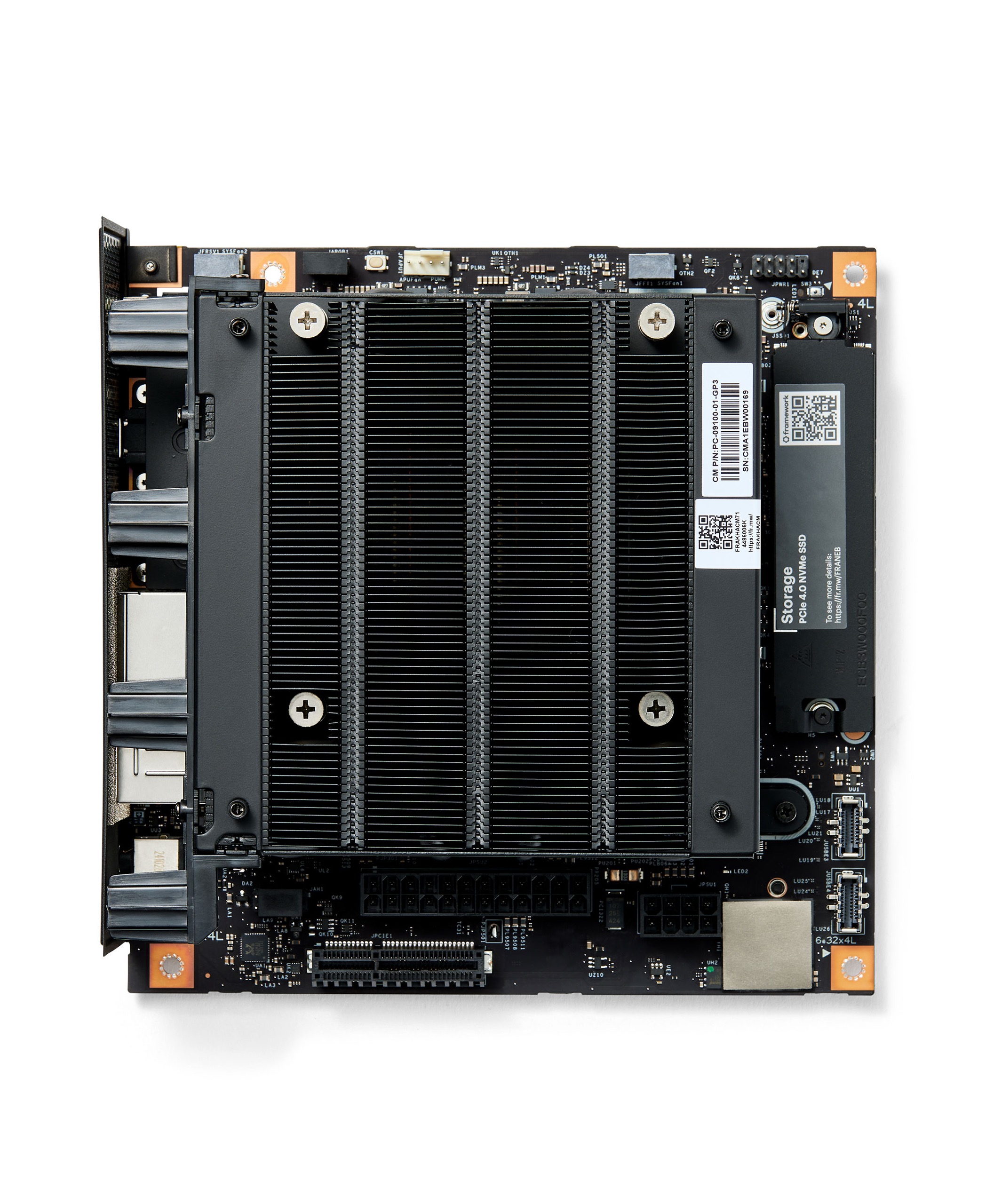
The Framework Desktop is powered by an AMD Ryzen AI Max processor, a Radeon 8060S integrated GPU, and between 32GB and 128GB of soldered-in RAM. We just reviewed a more thermally constrained version of these chips in the Asus ROG Flow Z13 tablet—despite technically being an "integrated" GPU built into the same silicon as the CPU, the number of compute units (up to 40, based on AMD's RDNA 3.5 architecture) plus the high-speed bank of soldered-in RAM gives it performance similar to a midrange dedicated laptop GPU.
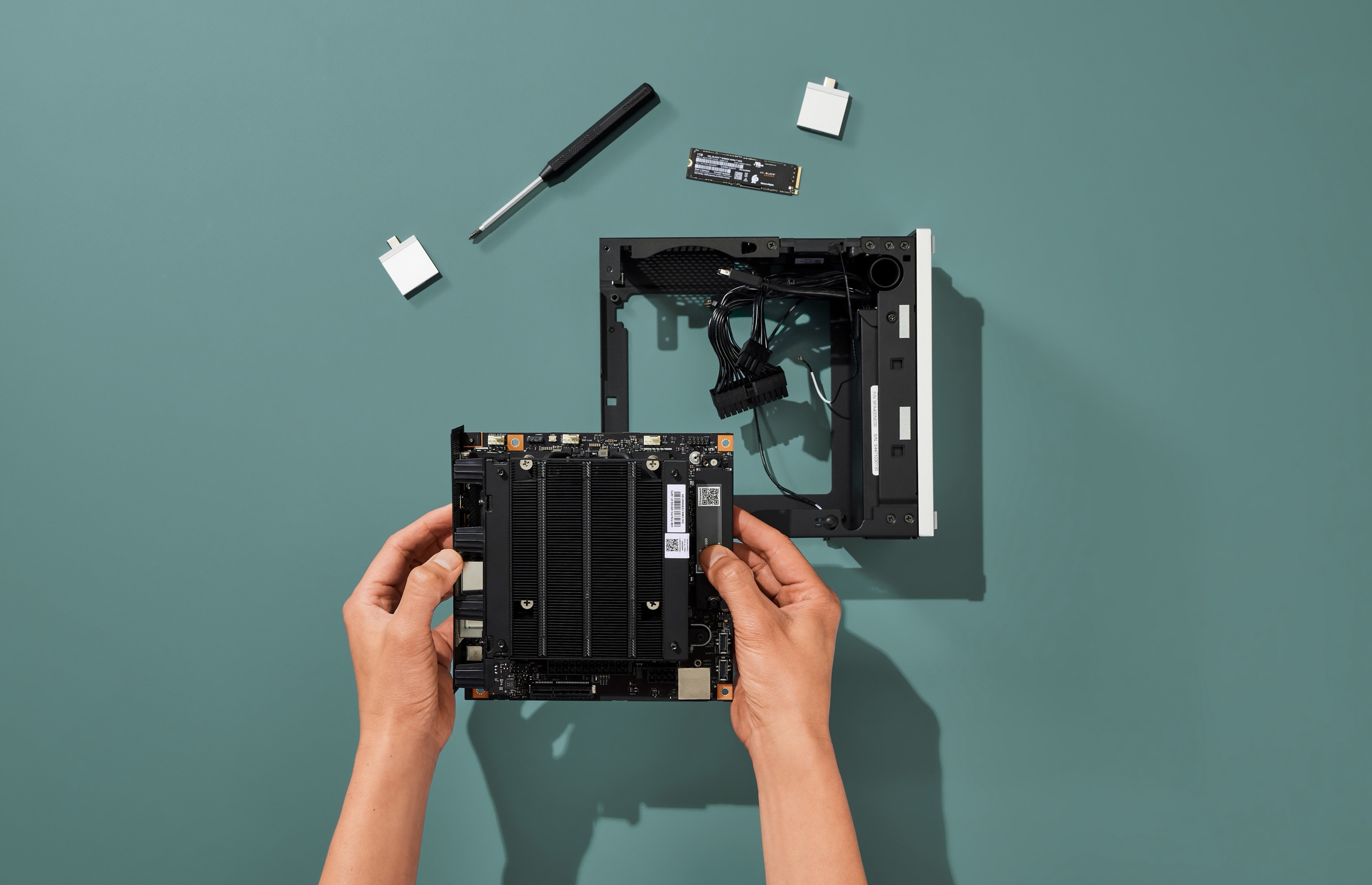
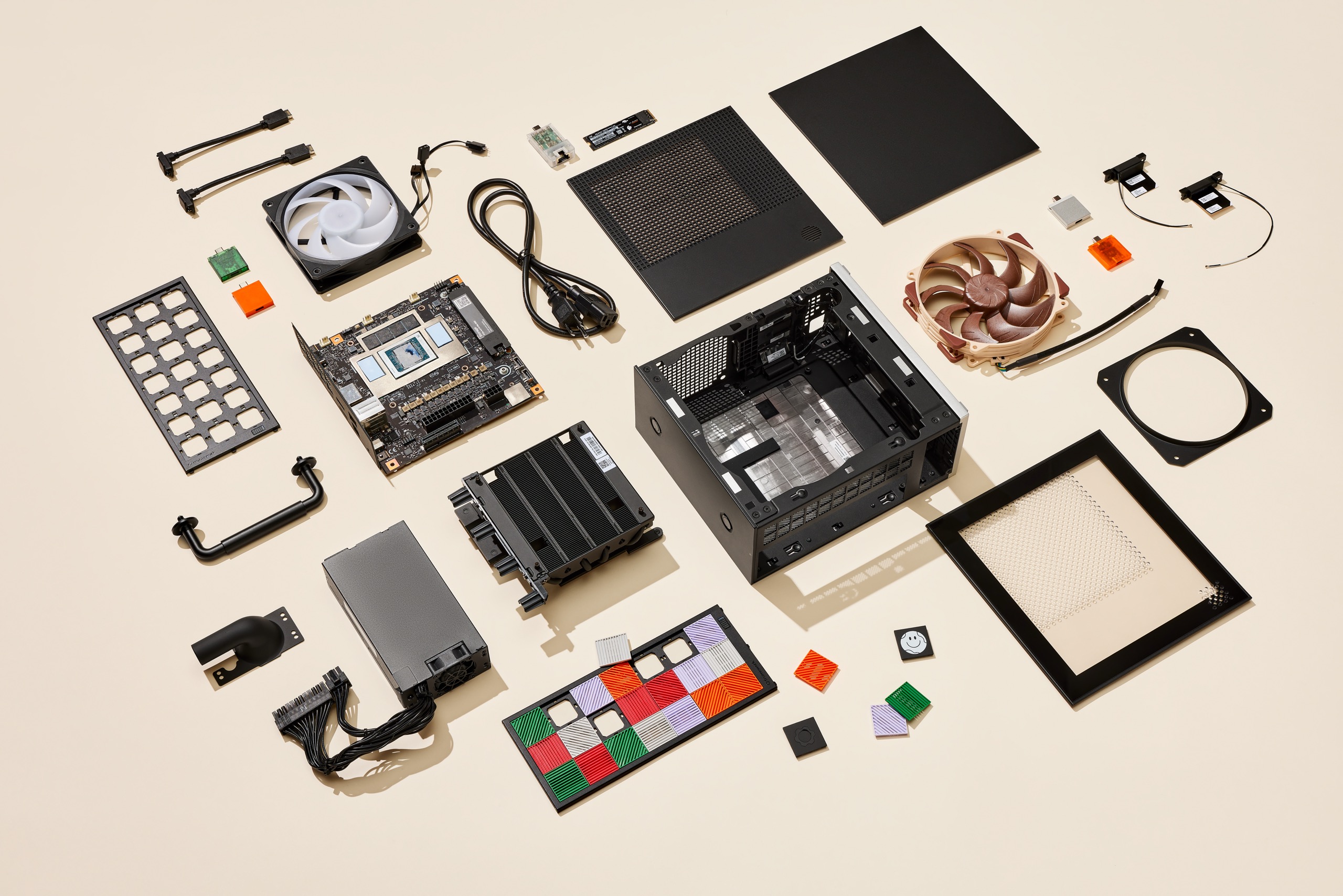
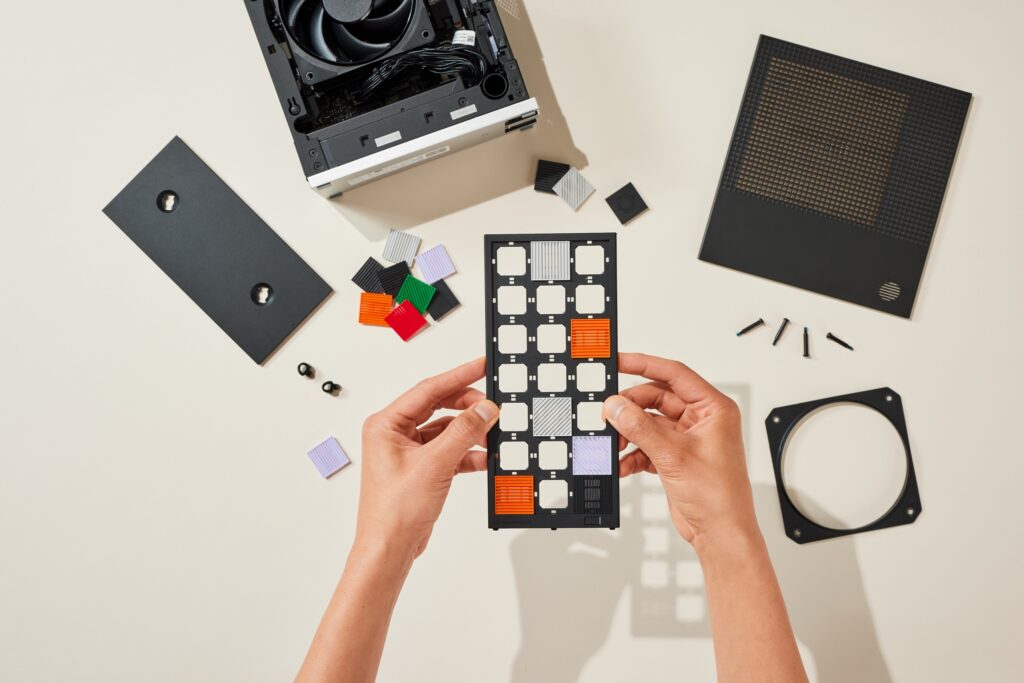
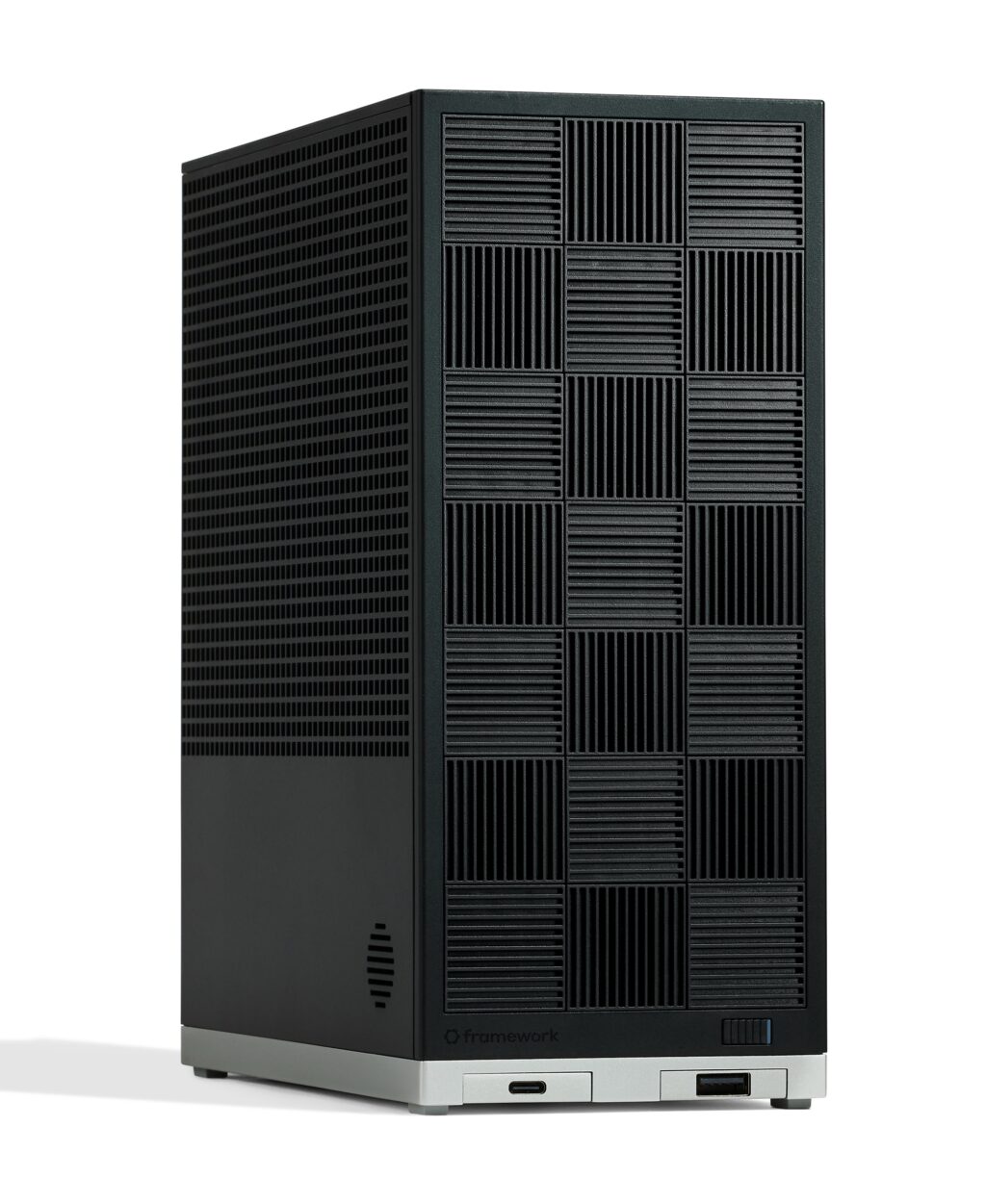
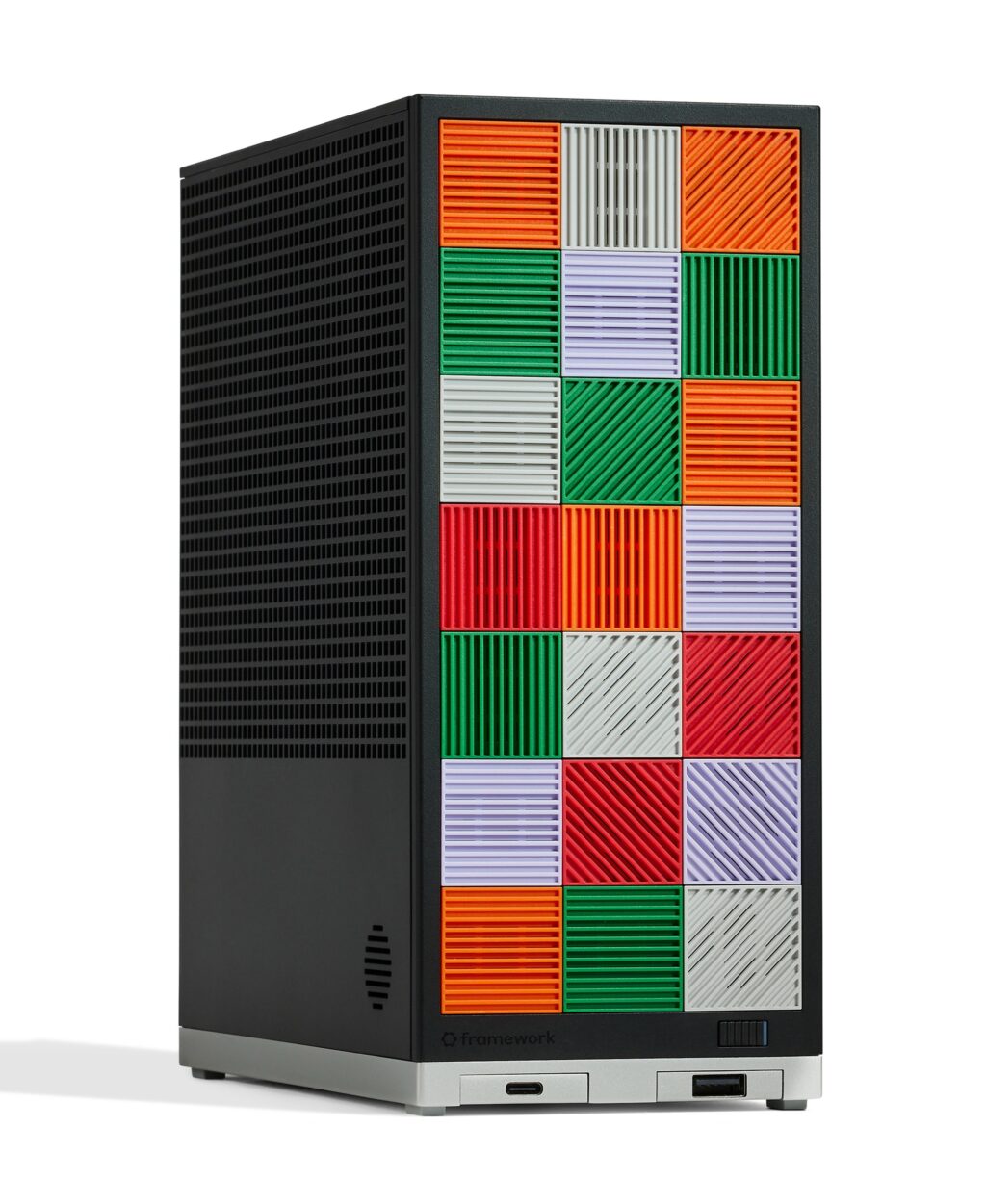
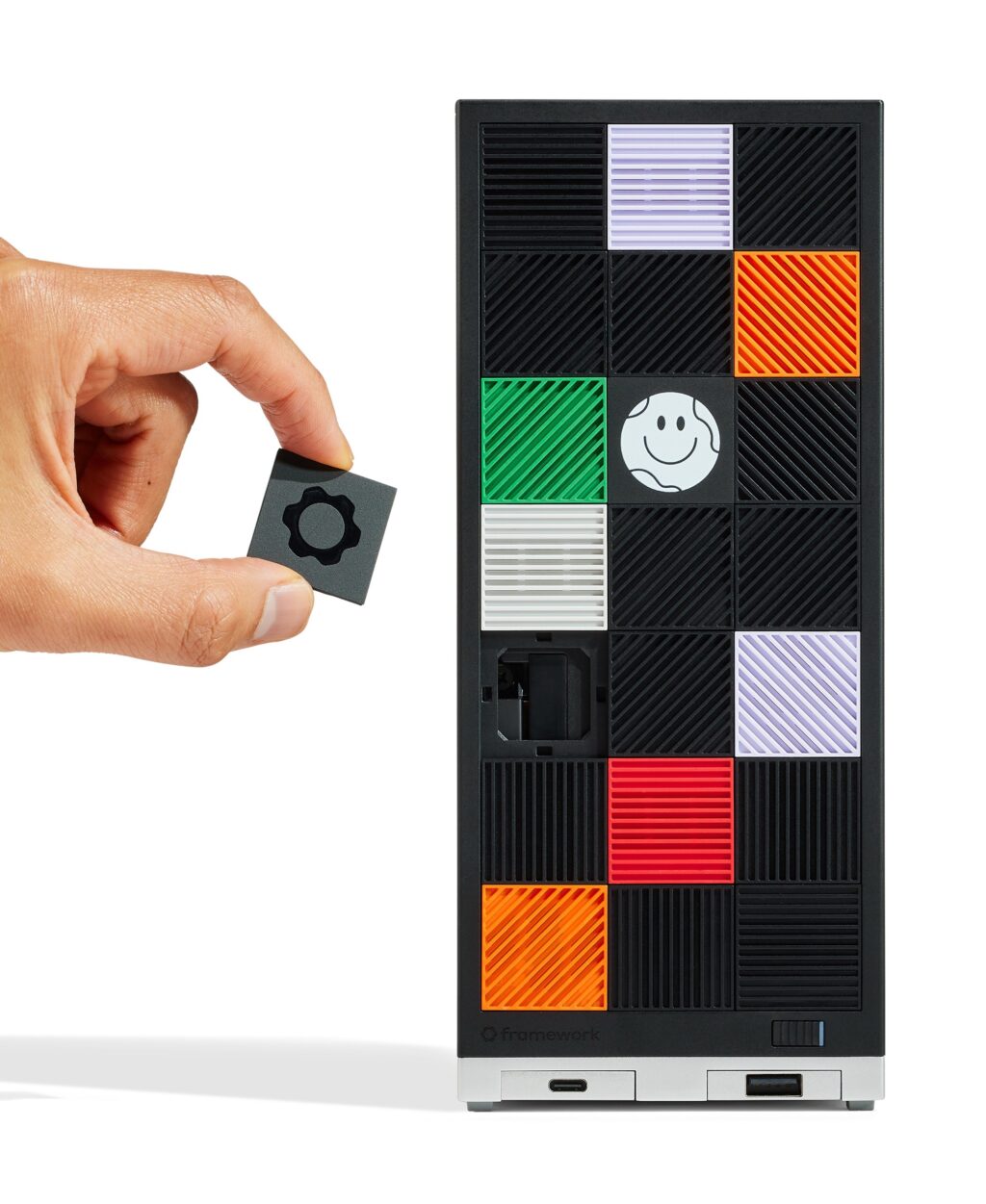

 Loading comments...
Loading comments...
